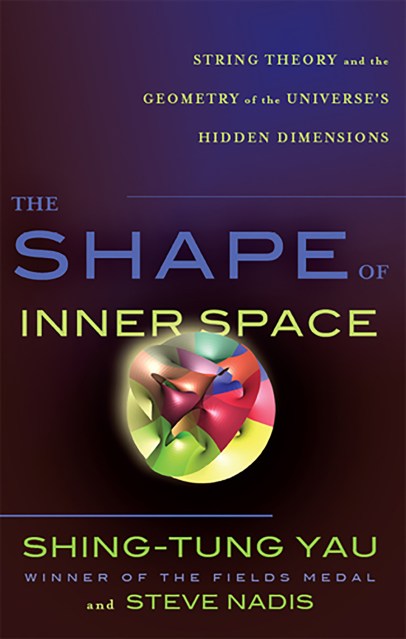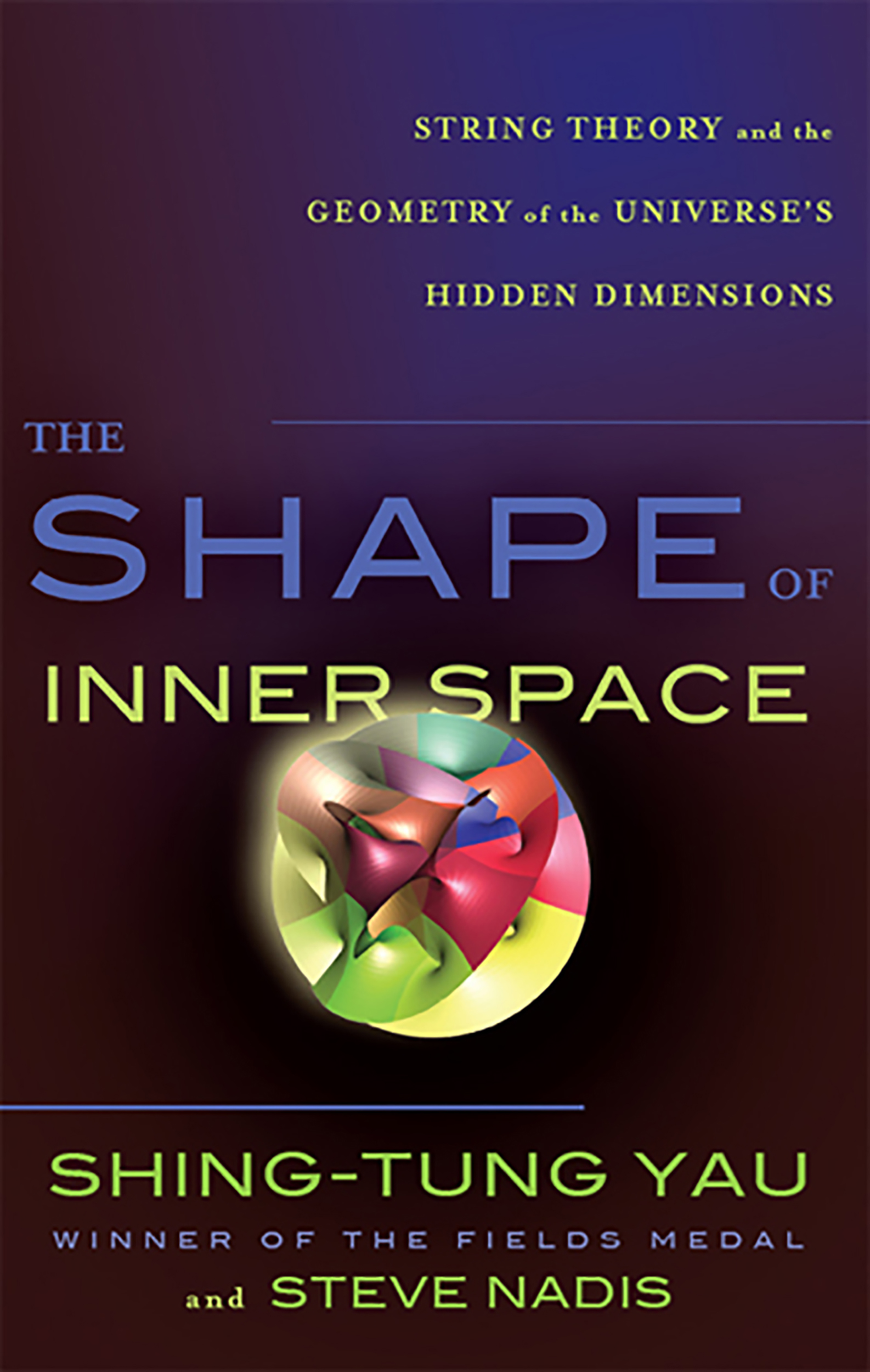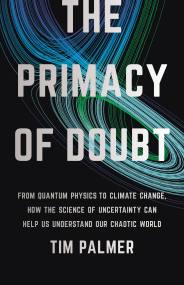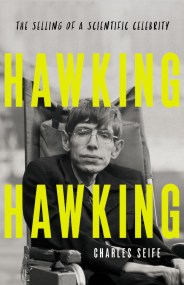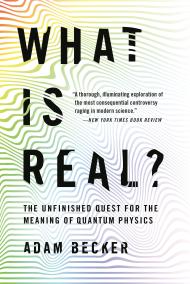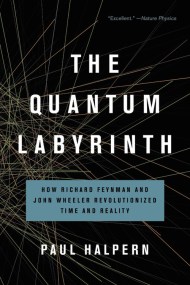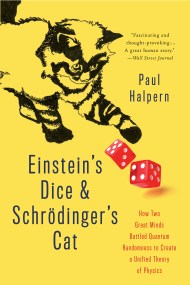Promotion
25% off sitewide. Make sure to order by 11:59am, 12/12 for holiday delivery! Code BEST25 automatically applied at checkout!
By clicking “Accept,” you agree to the use of cookies and similar technologies on your device as set forth in our Cookie Policy and our Privacy Policy. Please note that certain cookies are essential for this website to function properly and do not require user consent to be deployed.
The Shape of Inner Space
String Theory and the Geometry of the Universe's Hidden Dimensions
Contributors
By Steve Nadis
Formats and Prices
- On Sale
- Sep 7, 2010
- Page Count
- 400 pages
- Publisher
- Basic Books
- ISBN-13
- 9780465022663
Price
$12.99Price
$15.99 CADFormat
Format:
- ebook $12.99 $15.99 CAD
- Trade Paperback $24.99 $31.99 CAD
This item is a preorder. Your payment method will be charged immediately, and the product is expected to ship on or around September 7, 2010. This date is subject to change due to shipping delays beyond our control.
Buy from Other Retailers:
Time and again, where Yau has gone, physics has followed. Now for the first time, readers will follow Yau’s penetrating thinking on where we’ve been, and where mathematics will take us next. A fascinating exploration of a world we are only just beginning to grasp, The Shape of Inner Space will change the way we consider the universe on both its grandest and smallest scales.
Genre:
Newsletter Signup
By clicking ‘Sign Up,’ I acknowledge that I have read and agree to Hachette Book Group’s Privacy Policy and Terms of Use
